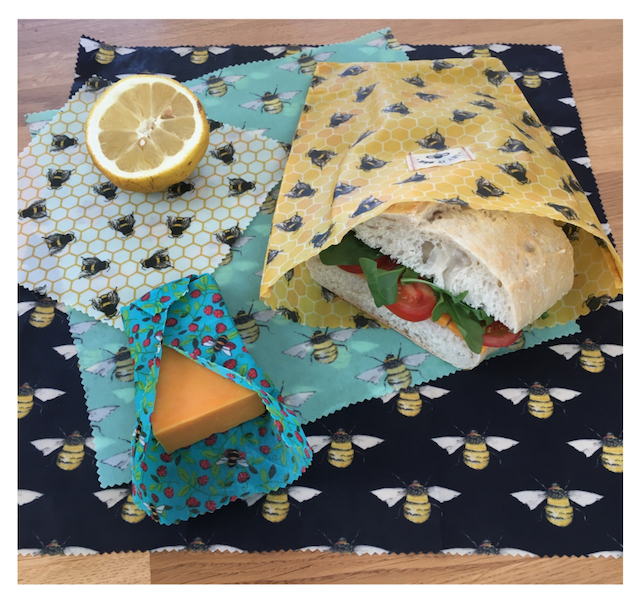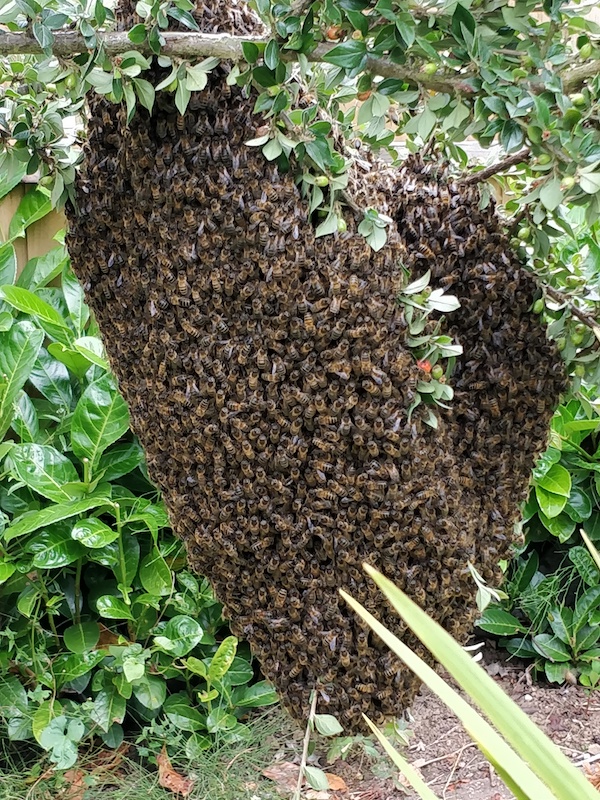It’s Plastic Free July and a great opportunity to think about what we’re buying and how we can reduce the amount of plastic in our day-to-day lives.
According to Greenpeace, researchers have estimated a rubbish truck of plastic ends up in the ocean every single minute. That’s staggering and shameful! This plastic pollution is seriously affecting sea life and confusing birds and other creatures into thinking it’s food. And it’s entering our food chain too.
But by making a few small changes we can reduce the amount of plastic we use.
You’ve probably already made lots of great changes, but here are our top tips to cut out single-use plastics:
- Use reusable beeswax food wraps instead of single use plastic packaging. They’re perfect for wrapping sandwiches and cheese, or covering a bowl of leftovers.
- Carry a reusable water bottle – in the UK we use over 35 million plastic bottles every day¹
- Use reusable shopping bags
- Buy a reusable coffee cup – 5 billion coffee cups are thrown away every year in the UK¹
- Buy loose fruit and vegetables – it’s often cheaper than pre-packaged alternatives
- Definitely no plastic straws!
As a little incentive, we’re offering 10% off all our beeswax wraps and snack bags in July. Use the code plasticfree at the checkout. Visit our on-line shop here.

Our wraps and bags are all handmade in England with Birmingham beeswax, natural tree resin and jojoba oil. They are reusable, washable, biodegradable and compostable. Just use the warmth of your hands to soften the wrap and create a seal.
Plastic Free July – will you take the challenge?

